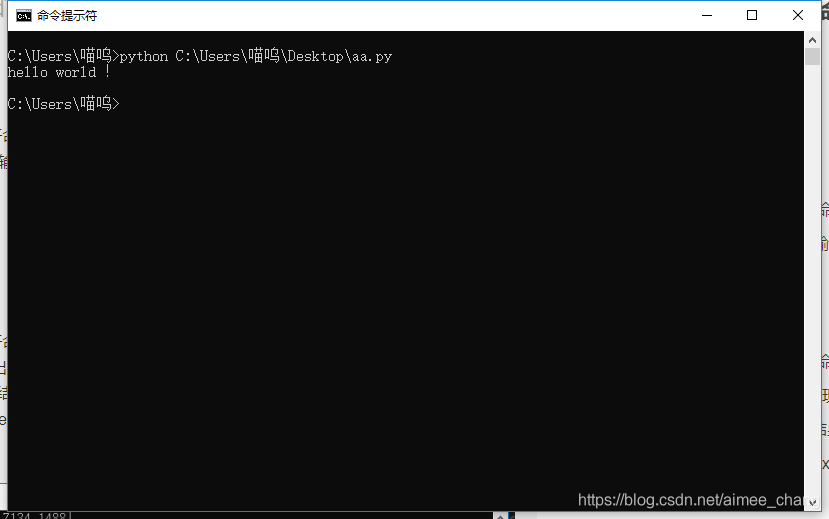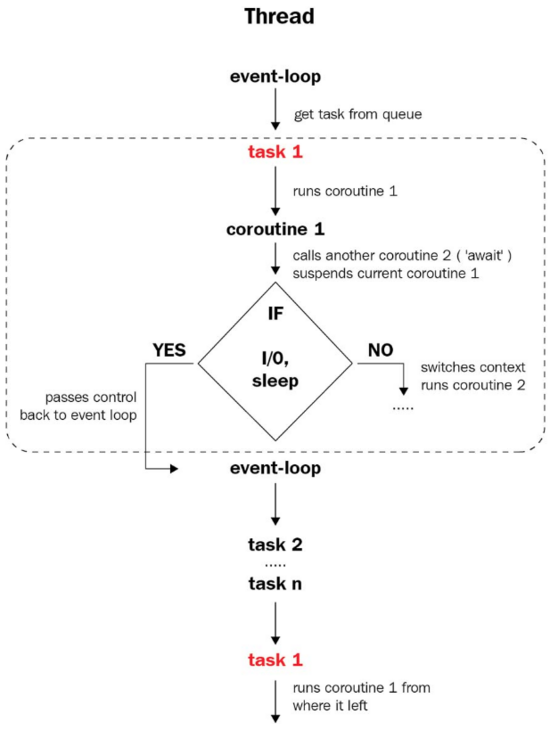我发现我好像变了,原来每当人成长的时候都会改变。生命本该有意义,我们绝不是白来一场。
目的:
是学习python 多线程的工作原理,及通过抓取400张图片这种IO密集型应用来查看多线程效率对比
import requests
import urlparse
import os
import time
import threading
import Queue
path = '/home/lidongwei/scrapy/owan_img_urls.txt'
#path = '/home/lidongwei/scrapy/cc.txt'
fetch_img_save_path = '/home/lidongwei/scrapy/owan_imgs/'
# 读取保存再文件里面400个urls
with open(path) as f :
urls = f.readlines()
urls = urls[:400]
# 使用Queue来线程通信,因为队列是线程安全的(就是默认这个队列已经有锁)
q = Queue.Queue()
for url in urls:
q.put(url)
start = time.time()
def fetch_img_func(q):
while True:
try:
# 不阻塞的读取队列数据
url = q.get_nowait()
i = q.qsize()
except Exception, e:
print e
break;
print 'Current Thread Name Runing %s ... 11' % threading.currentThread().name
url = url.strip()
img_path = urlparse.urlparse(url).path
ext = os.path.splitext(img_path)[1]
print 'handle %s pic... pic url %s ' % (i, url)
res = requests.get(url, stream=True)
if res.status_code == 200:
save_img_path = '%s%s%s' % (fetch_img_save_path, i, ext)
# 保存下载的图片
with open(save_img_path, 'wb') as fs:
for chunk in res.iter_content(1024):
fs.write(chunk)
print 'save %s pic ' % i
# 可以开多个线程测试不同效果
t1 = threading.Thread(target=fetch_img_func, args=(q, ), name="child_thread_1")
#t2 = threading.Thread(target=fetch_img_func, args=(q, ), name="child_thread_2")
#t3 = threading.Thread(target=fetch_img_func, args=(q, ), name="child_thread_3")
#t4 = threading.Thread(target=fetch_img_func, args=(q, ), name="child_thread_4")
t1.start()
#t2.start()
#t3.start()
#t4.start()
t1.join()
#t2.join()
#t3.join()
#t4.join()
end = time.time()
print 'Done %s ' % (end-start)
实验结果
400图片
4线程 Done 12.443133831 3线程 Done 12.9201757908 2线程 Done 32.8628299236 1线程 Done 54.6115460396
总结
Python 自带GIL 大锁, 没有真正意义上的多线程并行执行。GIL 大锁会在线程阻塞的时候释放,此时等待的线程就可以激活工作,这样如此类推,大大提高IO阻塞型应用的效率。
以上就是Python 多线程抓取图片效率对比。每一个人都是责、权、利的中心,“人人是经理,人人是老板”把每个人的潜能释放出来。更多关于Python 多线程抓取图片效率对比请关注haodaima.com其它相关文章!





